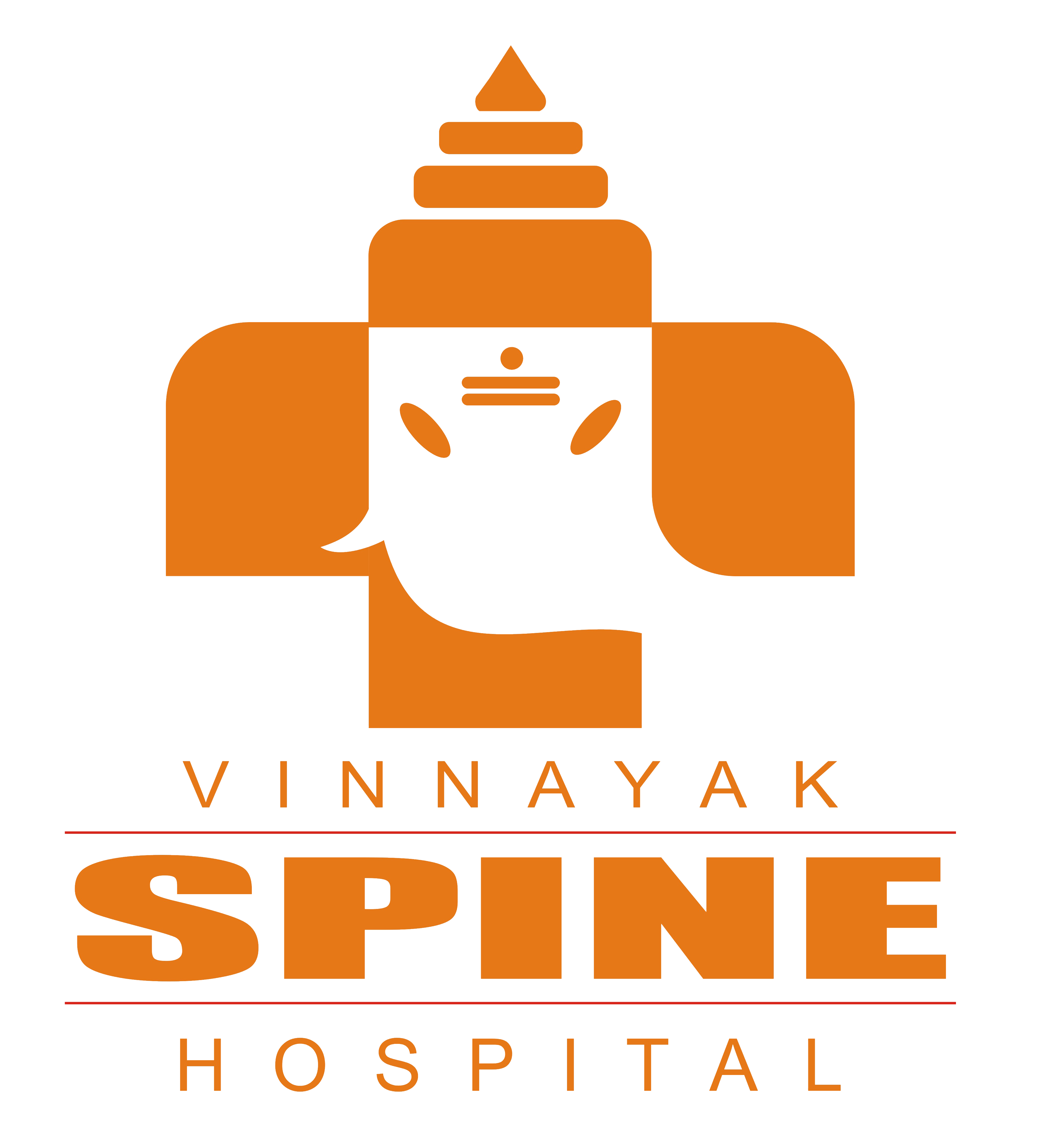Spine Injury
Spinal cord trauma is a common entity. It may result from direct injury to the spinal cord itself or indirectly from damage to surrounding bones, tissues, or blood vessels.
What causes spine injuries?
 Spinal cord trauma can be caused by many ways e.g motor vehicle accidents, falls, sports injuries, industrial accidents, gunshot wounds, assault and other causes. Also minor injury can cause spinal cord trauma if the spine is weakened (such as from osteoporosis).
Spinal cord trauma can be caused by many ways e.g motor vehicle accidents, falls, sports injuries, industrial accidents, gunshot wounds, assault and other causes. Also minor injury can cause spinal cord trauma if the spine is weakened (such as from osteoporosis).
Direct injury, such as cuts, can occur to the spinal cord, particularly if the bones or the disks have been damaged. Fragments of bone (for example, from broken vertebrae, which are the spine bones) or fragments of metal (such as from a traffic accident or gunshot) can cut or damage the spinal cord.
Direct damage can also occur if the spinal cord is pulled, pressed sideways, or compressed. This may occur if the head, neck, or back are twisted abnormally during an accident or injury. Vertebral fracture (spine bone fracture) may or may not be associated with spinal cord injury.
What are complains (symptoms) of patient with spinal injury?
Symptoms vary somewhat depending on the location of the injury. Spinal cord injury causes weakness and sensory loss at and below the point of the injury. The severity of symptoms depends on whether the entire cord is severely injured (complete) or only partially injured (incomplete).
The spinal cord doesn’t go below the 1st lumbar vertebra, so injuries below this level do not cause spinal cord injury. However, they may cause “cauda equina syndrome” — problem to the nerve roots in this area.
The symptoms may occur on one or both sides of the body. Symptoms can include:
♦ Breathing difficulties (from paralysis of the breathing muscles, if the injury is high up in the neck i.e., cervical spine
♦ Loss of normal bowel and bladder control (may include constipation, incontinence, bladder spasms.
♦ Numbness
♦ Sensory changes
♦ Looseness or tightness of the limbs
♦ Pain
♦ Weakness, paralysis
How is diagnosis done in a spine injury: Apart from clinical examination by a spine specialist, the confirmation of diagnosis requires X-ray and MRI. Sometimes CT scan is also required to see bony fragments. It is so common to see a wedge fracture / compression fracture with or without retropulsion (shifting of bone and pinching on spinal cord).
What is the treatment in spine injury?
A spinal cord trauma is a medical emergency requiring immediate treatment to reduce the long-term ill effects. The time between the injury and treatment is a critical factor affecting the eventual outcome.
Corticosteroids, such as dexamethasone or methylprednisolone, are used to reduce swelling that may further damage the spinal cord. If spinal cord compression is caused by a mass (such as a hematoma or bony fragment) then that can be removed and paralysis may improve. Ideally, corticosteroids should begin as soon as possible after the injury.
Surgery may be needed to:
♦ Remove clot or tissue that presses on the spinal cord (decompressive laminectomy)
♦ Remove bone fragments, disk fragments, hematoma, or foreign objects
♦ Stabilize broken spinal bones by plates, rods & screws
Bed rest may be needed to allow the bones of the spine to heal. Also care of bladder, bowel and back is essential.
Extensive physical therapy and other rehabilitation therapies are often required after the acute injury has healed. Rehabilitation helps the person to cope with disability that results from spinal cord injury.
What is bone cementing procedure and how it helps?
If MRI shows spine (vertebra) fracture but no cord compression (i.e. without any weakness or numbness of arms and legs) – a simple procedure like vertebroplasty can be performed to get rid of local pain. This not only helps to improve pain but also prevents future paralysis due to spine collapse. This involves injection of bone cement in the spine bone and thus permanently strengthening it. It is very safe procedure and mostly gives unbelievably fabulous results. It is also a standard treatment in case of fracture collapse due to osteoporosis (age related bone weakness).
If there is weakness of legs due to spinal cord compression (pinch due to fracture piece) then a simple open surgery and releasing the pressure + followed by vertebroplasty (bone cementing) both at the same time, usually gives satisfactory outcome.
How is the outlook (prognosis) / complications in patients with spine injuries?
Paralysis and loss of sensation of part of the body are common. There can be total paralysis or partial weakness or numbness. Death is possible, particularly if there is paralysis of the breathing muscles, commonly associated with major neck (cervical spine) injuries.
How well a person does, depends on the level of injury. Injuries near the top of the spine result in more extensive disability than do injuries low in the spine.
Possible complications:
♦ Breathing problems: associated with severe cervical (neck) cord injuries- this carries life risk.
♦ Deep vein thrombosis and pulmonary embolism – where because of immobility, blood clot forms in the legs and can sometimes go out in the blood stream and blocks lungs and affect breathing – this again carries life risk.
♦ Blood pressure & pulse changes: associated with cervical (neck) injuries
♦ Skin breakdown (pressure sores) – due to constant lying down position
♦ Urinary infections
♦ Loss of urine and stool control
♦ Loss of sexual functioning (male impotance)
♦ Muscle tightness and contractures
♦ Paralysis of breathing muscles
♦ Paraplegia (paralysis of both legs)
♦ Quadriplegia (paralysis of both hands and legs)
♦ Chronic kidney disease
